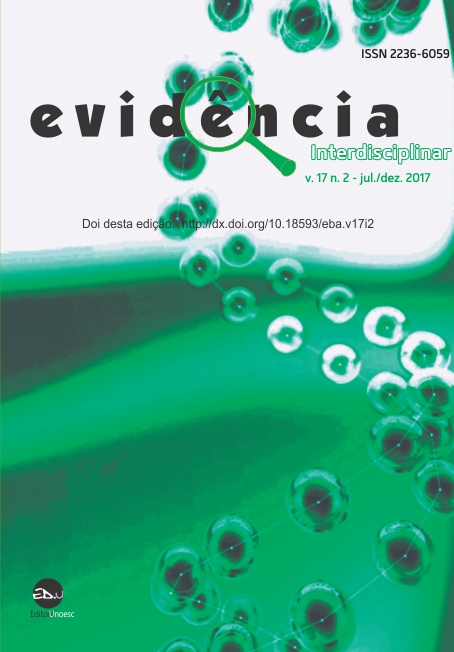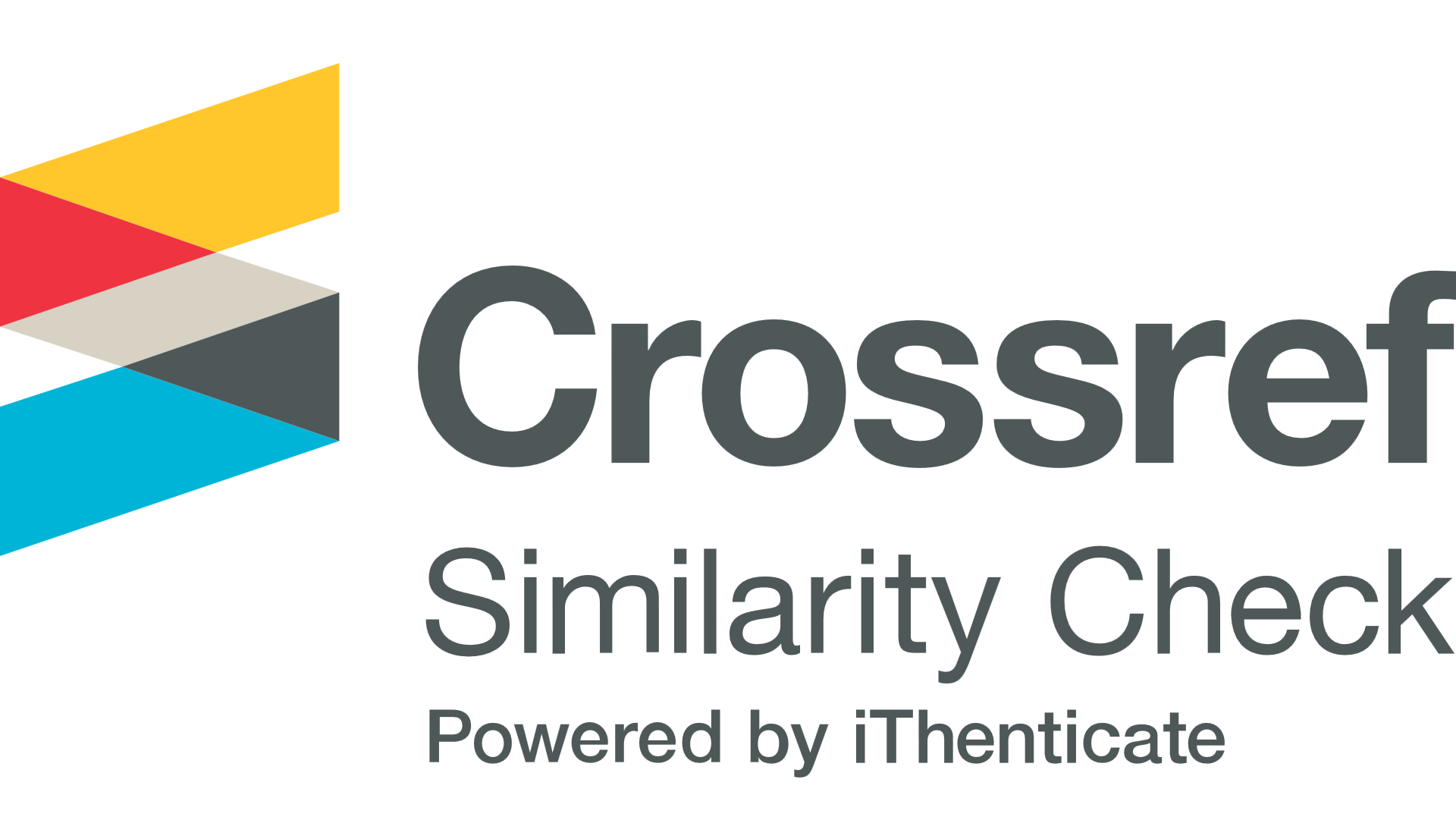Avaliação sensorial de “cachaça” envelhecida em tonel de carvalho (Quercus sp.) irradiado
DOI:
https://doi.org/10.18593/eba.v17i2.14245Palavras-chave:
Irradiação, destilado, análise sensorialResumo
O destilado da cana-de-açúcar ou “cachaça” é produzido por destilação do caldo de cana-de-açúcar fermentado. O processo de envelhecimento dessa bebida pode melhorar sua qualidade sensorial, mas não representa uma prática regular entre os produtores brasileiros em decorrência das razões culturais e financeiras. O objetivo com este trabalho foi verificar se a irradiação dos barris poderia ser uma alternativa para reduzir o tempo de envelhecimento desse destilado. Quatro amostras do mesmo destilado de cana-de-açúcar, bidestiladas (68% de álcool v/v), foram submetidas aos seguintes processos: cinco litros foram colocados em uma garrafa de vidro (controle); cinco litros foram envelhecidos em um tonel de carvalho; cinco litros de uma amostra previamente irradiada foram colocados em outra garrafa de vidro; e cinco litros foram envelhecidos em outro tonel de carvalho previamente irradiado. Durante o período de envelhecimento, foram coletadas amostras correspondentes a: 1, 15, 30, 60, 90, 120, 150 e 180 dias e submetidas à análise sensorial. A irradiação foi realizada por uma fonte de cobalto, e todas as amostras foram diluídas para 40% de álcool v/v. Os testes sensoriais foram realizados por 25 provadores para verificar a diferença global e a aceitação entre as amostras. Os resultados sensoriais revelaram que a amostra envelhecida no tonel de carvalho irradiado apresentou características de destilados envelhecidos em um tempo reduzido, indicando o potencial uso da irradiação na aceleração do processo de envelhecimento.
Palavras-chave: Cana-de-açúcar. Envelhecimento. Irradiação. Análise sensorial.
Downloads
Referências
BRASIL. Decreto n 2314, 4 set. 1997. Regulamenta a Lei n 8.918 de 14 de julho de 1994, que dispõe sobre a padronização, a classificação, o registro, a inspeção, a produção e a fiscalização de bebidas. Diário Oficial, Brasília, 1997, 171, 556, seção II, Artigo 91.
BORTOLETTO, A.M.; SILVELLO, G.C. & ALCARDE, A.R. Chemical and microbiological quality of sugar cane juice influences the concentration of ethyl carbamate and volatile congeners in cachaça. Journal Institute of Brewing 2015;121(2): 251–256. doi: 10.1002/jib.
SANTIAGO, W.D.; CARDOSO, M.G.; SANTIAGO, J.L.; TEIXEIRA, M.L.; BARBOSA, R.B.; ZACARONI. L.M.; SALES, P.F. and NELSON, D.L. Physicochemical profile and determination of volatile compounds in cachaça stored in new oak (Quercus sp.), amburana (Amburana cearensis), jatoba (Hymenaeae carbouril), balsam (Myroxylon peruiferum) and peroba (Paratecoma peroba) casks by SPME-GC–MS. Journal of Institute of Brewing 2016;122(4): 624–634. doi: 10.1002/jib.372
BORTOLETTO, A.M. ALCARDE, A.R., Aging marker profile in cachaça is influenced by toasted oak chips. Journal Institute of Brewing 2015;121(1):70-77. doi: 10.1002/jib.202
CONNER, J.M. PIGGOTT, J.R. Whiskies. in: Andrew, G. H. ,
Piggott, J.R. Fermented Beverage Production. Ed. Springer US. 2003. P.239-62.
Lee, KYM.; PATERSON, A.; PIGGOT, J.R. RICHARDSON, G.D. Food Quality and Preference, 2001, 2, 12.
DE SOUZA, M.D.C.A. Del MASTRO, N.L. Radiation Physics and Chemistry, 2000, 57.
FARKAS, J.F. and FARKAS, C.M. Review: History and future of food irradiation. Trends in Food Science & Technology. Elsevier 2012, 22(2): 121-126. doi: 10.1016/j.tifs.2010.04.002.
Facts about Food Irradiation. A series of Fact Sheets from the International Consultative Group on Food Irradiation (ICGFI).International Consultative Group on Food Irradiation, 1999. https://www.nrc.gov/docs/ML0611/ML061170095.pdf. Acesso em 15/06/2017.
MODANEZ, L. Tese de doutorado. Aceitação de alimentos irradiados: uma questão de educação. Universidade de São Paulo. Instituto de Pesquisas Energéticas e Nucleares. São Paulo-SP, 2012.
SAS Institute. SAS User’s Guide: statistics, 1993.
MORAES, J. S. Estudo comparativo das características químicas e sensoriais do rum e da cachaça. Dissertação (Mestrado) - Faculdade de Ciências Farmacêuticas, Universidade Estadual Paulista "Julio de Mesquita Filho", Araraquara. 2004.
BABIOR, B. M. Superoxide: a two-edged sword. Brazilian Journal of Medical and Biological Research 1997, 30(2):141-155. doi: 10.1590/S0100-879X1997000200001.
DZHANPOLADYAN, L. M.; PETROSYAN, T. S. L. Method for producing agent for acceleration of brandy maturation. USSR - Patent, 1971
Downloads
Publicado
Como Citar
Edição
Seção
Licença
Declaração de Direito Autoral
Os autores mantêm os direitos autorais e concedem à Revista o direito de primeira publicação, com o trabalho licenciado simultaneamente sob uma Licença Creative Commons – Atribuição – Não Comercial 4.0 Internacional.











